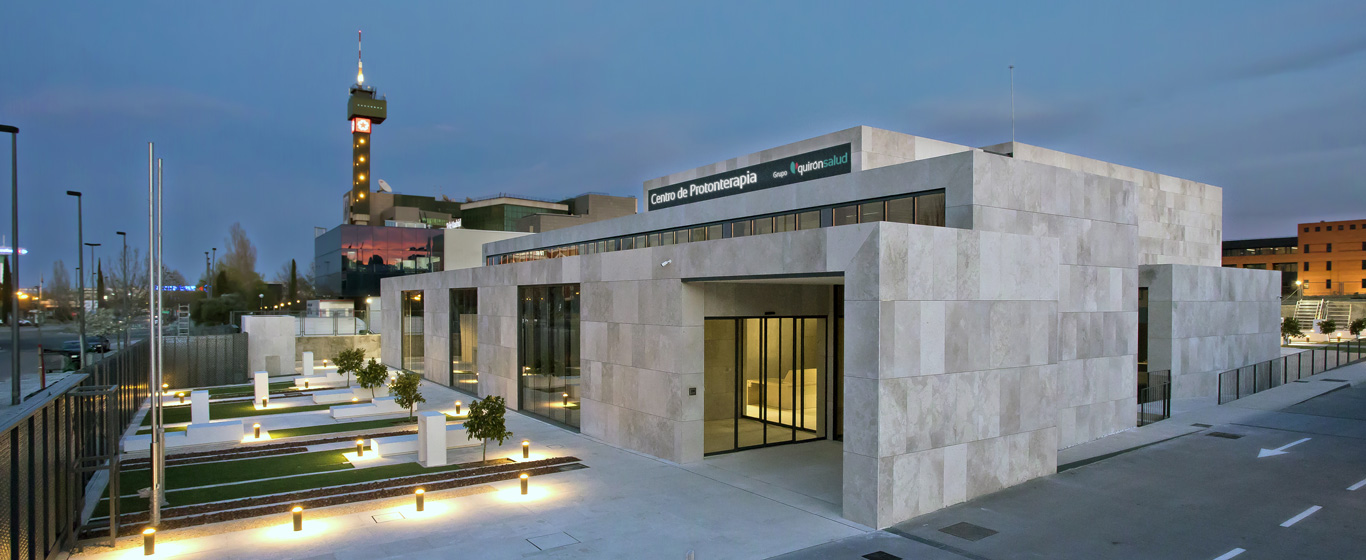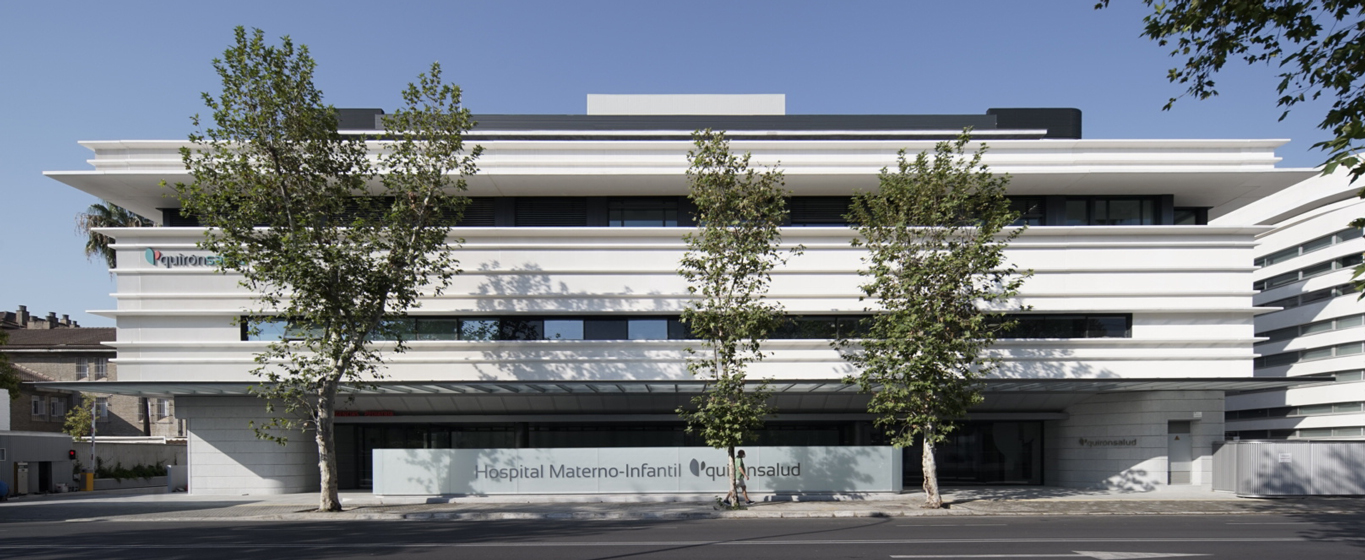Fine Needle Aspiration Cytology (FNAC)
Fine Needle Aspiration Cytology (FNAC) is a procedure in which a tissue sample from an organ in the body is taken using a needle connected to a syringe. Once the cells are aspirated, they are analyzed in the laboratory to assess their condition.

General Description
Fine Needle Aspiration Cytology (FNAC) is a diagnostic method that analyzes groups of cells in the laboratory to evaluate whether their characteristics and functionality are normal or if there is any alteration, particularly of a cancerous nature.
To obtain the samples that are later observed under a microscope, the FNAC procedure is used. This involves inserting a hollow needle connected to an aspiration syringe into an organ or tissue in the body. It is most commonly performed in areas close to the skin, such as lymph nodes, breasts, liver, or thyroid glands. When the location is not easily accessible, the puncture is guided by ultrasound.
FNAC is primarily used to determine whether neoplasms detected are benign or cancerous in nature.
When is it indicated?
Fine Needle Aspiration Cytology is typically performed when lesions or tumors are detected in a prior diagnostic imaging test (MRI, X-ray, CT scan, ultrasound, etc.) that cannot be classified. This test is ultimately used to examine the characteristics of these tissue alterations of the following nature:
- Thyroid tumors (solitary nodule, nodular goiter).
- Lymphadenopathies or inflammation of the lymph nodes.
- Pulmonary nodules.
- Masses in the pancreas.
How is it performed?
First, the skin in the area where the needle will be inserted is uncovered and disinfected. Depending on the location of the neoplasm, the needle is inserted blindly or guided by ultrasound. Once inserted, the plunger is pulled to aspirate part of the tissue forming the nodule, cyst, or tumor. To obtain a sufficient number of cells, a fan aspiration technique is recommended. That is, the needle is moved to change the angle without being removed, and tissue is taken from several different areas. Afterward, the syringe is detached, and the needle is finally removed from the patient.
At this point, the specialist places the sample on a microscope slide or, preferably, immerses it in a liquid solution that preserves it. They also ensure there are enough cells for analysis before the patient gets up from the stretcher. In this way, the puncture can be repeated immediately if necessary.
Once in the laboratory, the sample is processed, and a stain is applied to help distinguish the parts of the cells. A drop of the sample is then placed on a glass slide, and a second glass is placed on top as a cover slip. Without applying pressure, the slide is gently moved to spread the cells evenly across the surface. Once spread, it is placed under the microscope to observe the cell characteristics.
Risks
Fine Needle Aspiration does not generally present complications or risks to the patient's health.
In some cases, bleeding occurs at the puncture site, especially when the procedure is done on organs with high vascularization. If this happens, it resolves after a few hours under medical supervision.
There is a minimal risk of infection during the procedure, as it is carried out under strict sterile conditions. This is more likely to occur when analyzing a lesion of infectious origin.
What to expect from a Fine Needle Aspiration Cytology
The fine needle aspiration sample collection procedure is carried out on an outpatient basis. Once completed, the patient does not need to be hospitalized or rest. It is recommended to wear clothing that can be easily removed, as the medical gown provided at the clinic needs to be worn.
When the patient is lying on the stretcher, the area where the procedure will take place is uncovered and disinfected with an iodine solution. The needle is then inserted, and aspiration occurs, during which a slight pain may be felt, particularly when the puncture angle is changed. Once the sample is extracted, the patient remains on the stretcher while the pathologist determines whether the test needs to be repeated.
Results are typically communicated during a follow-up consultation a few days later.
Specialties requesting Fine Needle Aspiration Cytology
Typically, oncologists, gynecologists, endocrinologists, specialists in digestive systems, or pulmonologists are the ones requesting this study from pathologists. Generally, it is the doctor requesting the test who performs the puncture, while the pathologist carries out the laboratory work and the diagnostic report.
How to prepare
On the day of the fine needle aspiration, medications that may promote bleeding, such as anticoagulants or anti-inflammatories, should be suspended. It is also recommended to attend the appointment on an empty stomach to avoid complications.













































































































